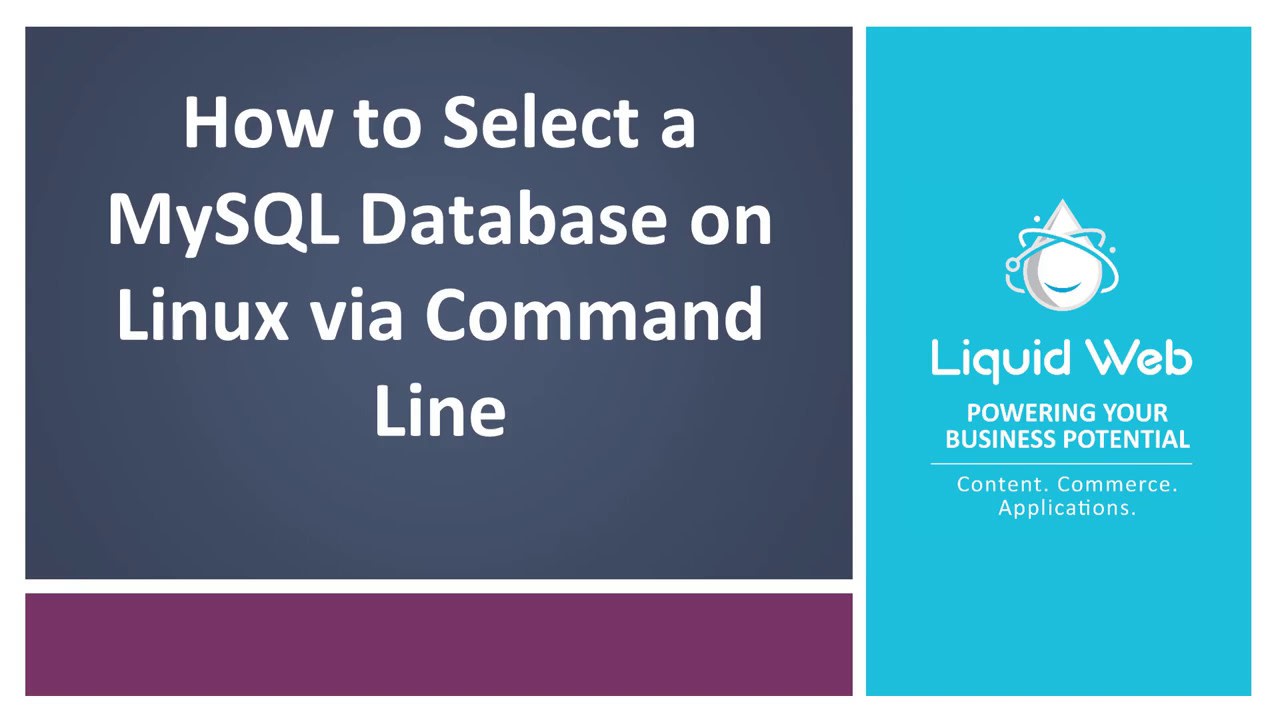Tag: Linux
How to Install Pip on Ubuntu 16.04 LTS
Arguably one of the easiest tools to use for installing and managing Python packages, Pip has earned its notoriety by the number of applications utilizing this tool. Fancied for its capabilities in handling binary packages over the easy_installed packages manager, Pip enables 3rd party package installations. Though Python does sometimes come with Pip as a default, this tutorial will show how to install, check its version as well as some basic commands for using Pip on Ubuntu 16.04.
How to Install Samba on Linux/Windows
What is Samba?
Before we get started with the installation, let’s find out what Samba is and how we can utilize it. Samba is a free and open-source software that allows files to be shared across Windows and Linux systems simply and easily. To be exact, it is an open-source implementation of the SMB/CIFS protocol.
How to Install Apache 2 on Ubuntu 18.04
Apache is the most popular web server software in use today. Its popularity is earned through its stability, speed, and security. Most likely if you are building out a website or any public facing app, you’ll be using Apache to display it. At the time of this writing, the most current offering of Apache is 2.4.39, and it is the version we will be using to install on our Ubuntu VPS server. Let’s get started!
How to Install Docker on CentOS 8
What is Docker?
Before we begin, let's describe what Docker is. Docker is a set of virtualization tools that allows us to create, test, and deploy containerized applications quickly and easily on a dedicated server. It has become very popular and used almost everywhere in our daily lives. Thanks to containerization, we can quickly launch applications on different private cloud host platforms utilizing small bundles which contain all the needed packages, libraries and configuration file to run an application. These docker packages communicate via established network channels.
Setting up Development Environment with Vagrant
In this tutorial, we will demonstrate how to install Vagrant on multiple operating systems.
Install and Connect to PostgreSQL 10 on Ubuntu 16.04
PostgreSQL (pronounced “post-gress-Q-L”) is a household name for open source relational database management systems. Its object-relational meaning that you’ll be able to use objects, classes database schemas and in the query language. In this tutorial, we will show you how to install and connect to your PostgreSQL database on Ubuntu 16.04.
Select a MySQL Database on Linux via Command Line
Pre-Flight Check
- These instructions are intended for selecting a MySQL database on Linux via the command line.
- I’ll be working from a Liquid Web Core Managed CentOS 6.5 server, and I'll be logged in as root.

First we'll login to the MySQL server from the command line with the following command:
Pre-Flight Check
- These instructions are intended for showing (listing) all MySQL databases via the command line.
- I’ll be working from a Liquid Web Core Managed CentOS 7 server, and I’ll be logged in as root.
Installing Microsoft Powershell on Ubuntu 18.04
If you are a Windows administrator who has recently been tasked with administering a Linux-based Ubuntu server, you may find that utilizing Microsoft Powershell may help ease the transition into Linux, and allow you to be more productive. If you are a Linux administrator who is interested in exploring the options that Powershell provides, then this tutorial is for you as well.
How to Install TensorFlow on CentOS
In this tutorial, we are going to take a look at how to get started with TensorFlow on CentOS. We will be covering two methods. First, we will take a look at installing TensorFlow in a Python virtual environment via the Python package manager pip. After that, we will walk through installing TensorFlow via the Anaconda package manager. Finally, we will cover building a TensorFlow pip package from source.
Our Sales and Support teams are available 24 hours by phone or e-mail to assist.

